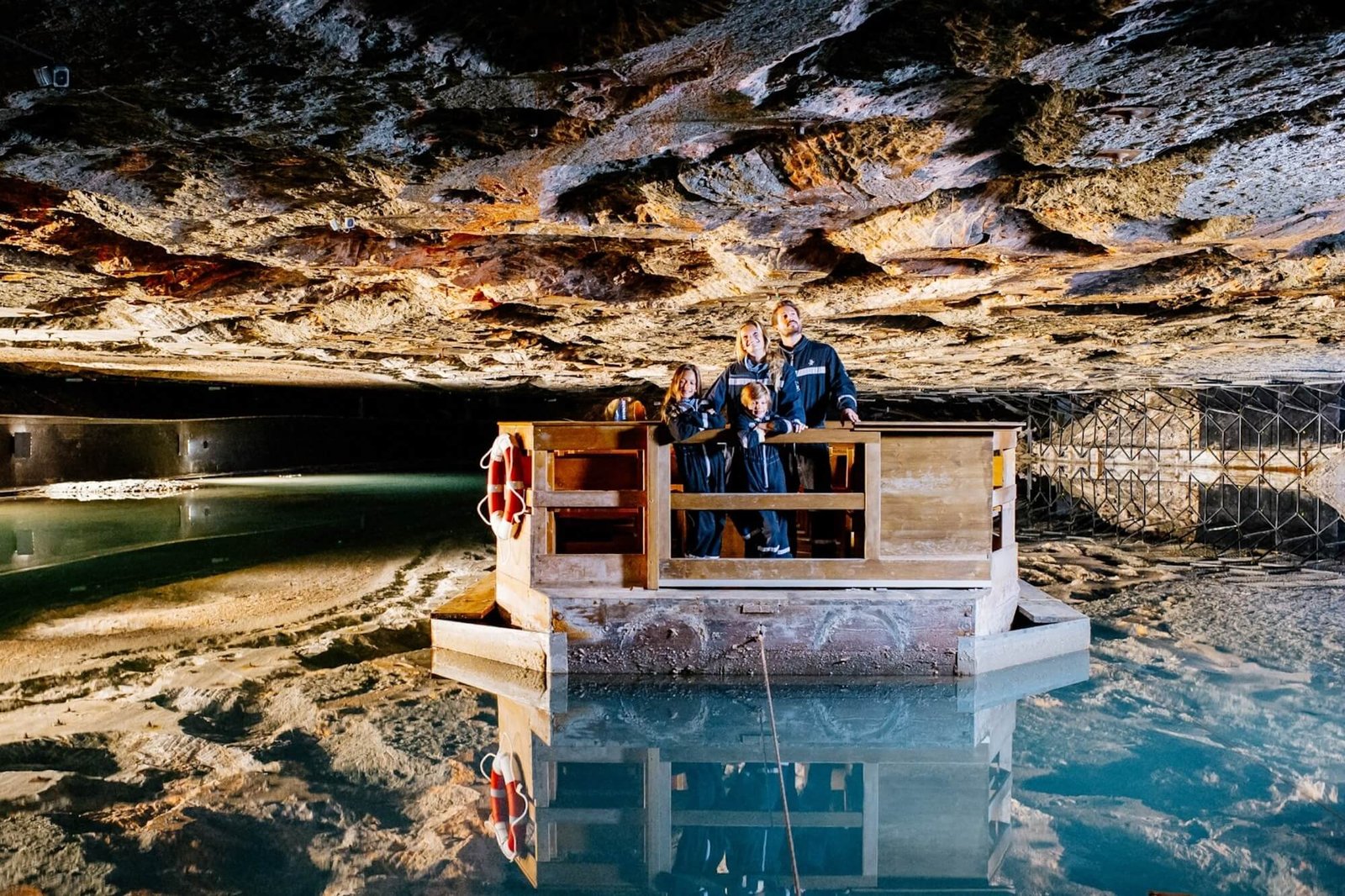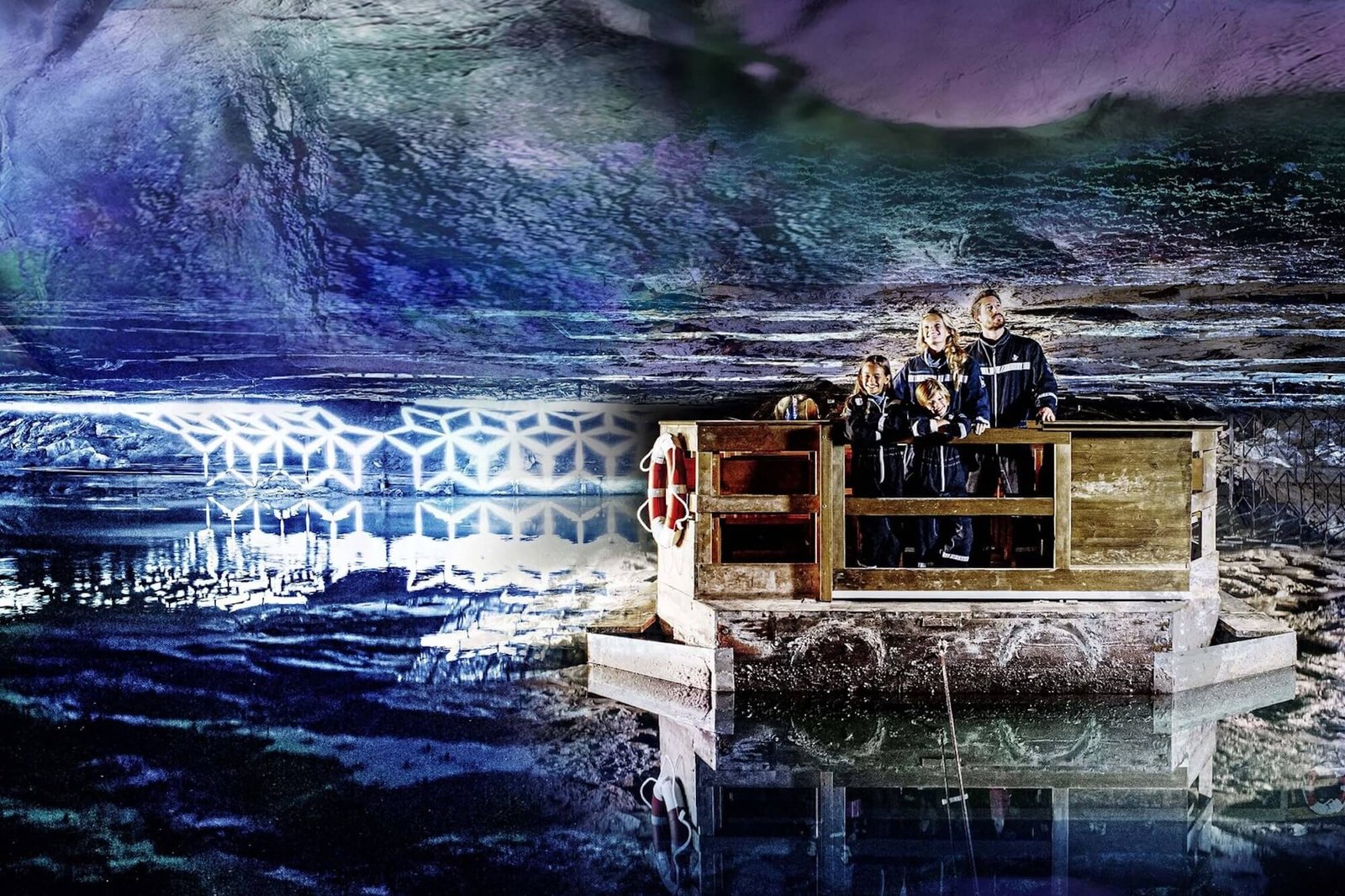
The Story behind Berchtesgaden’s Salt Mine
Read on to understand to understand why salt has been mined in Berchtesgaden for the last 2000 years and the transformative impact of the Bavarian Royal Family and engineer Georg von Reichenbach.
- 1. Why Mine Salt in Berchtesgaden?
- 2. Early Salt Extraction Methods
- 3. The Augustinian Monks’ White Gold
- 4. The First Brine Pipelines
- 5. The Balance of Power Shifts
- 6. Vorsprung durch Technik
- 7. Use of the Eagle’s Nest from 1938 to 1945
- 8. The allied air raid of April 1945 and survival of the Eagle’s nest
- 9. Use of the Eagle’s Nest after 1945
- 10. A new millennium: The Documentation Centre and a five star hotel
1. Why Mine Salt in Berchtesgaden?
Berchtesgaden’s salt mine is steeped in history. Some 2,000 years ago it was the Celts who undertook salt mining in the region, their chosen locations today identifiable by their word for salt – “hall”. They were guided, in part, by the wildlife that had identified areas with high rock salt content; many animals will instinctively lick or drink water surrounding rocks with a high concentration of this important mineral. Hence places such as Hallein (hall – ein) and Reichenhall (reichen – hall) point us towards some of the very first salt mining locations in the area around Berchtesgaden.
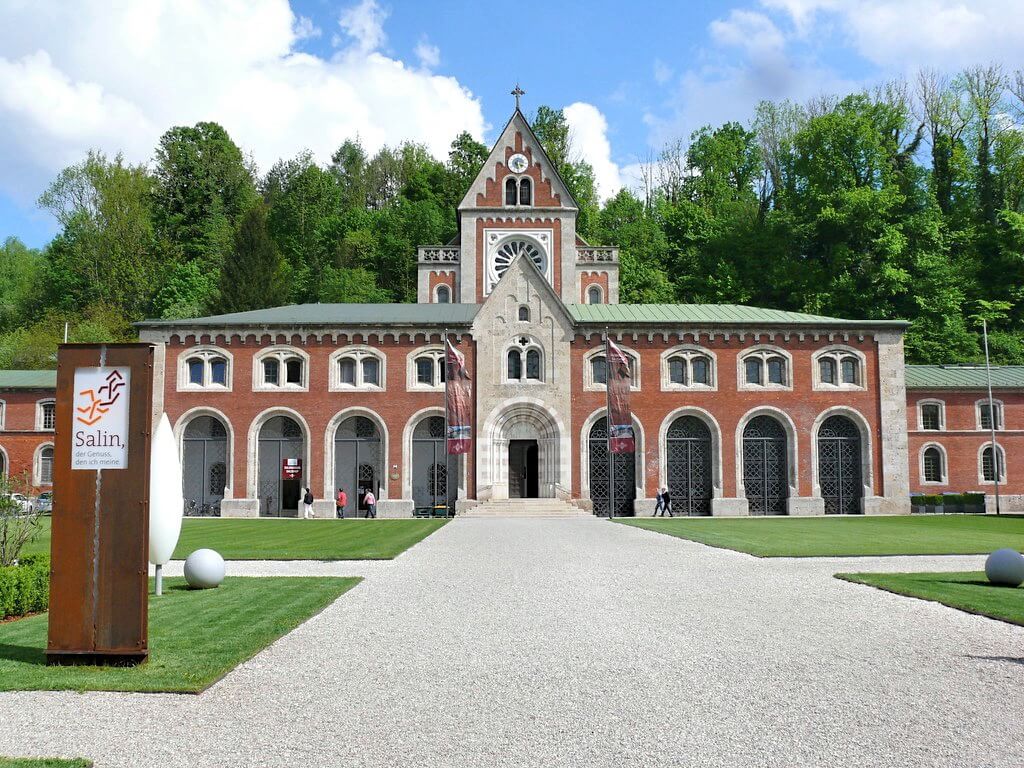
The value of salt was initially based upon its importance in the diet and medicinal uses. Not only is this ‘white gold’ an essential component of the human diet but it’s also been used as a medicinal tool since the time of the Pharos of ancient Egypt. The neighbouring town to Berchtesgaden of Bad Reichenhall is a spa town (identifiable by the “Bad” prefix) renowned for its respiratory clinics and thriving arts scene – without the white gold, neither of which would be possible.
2. Early Salt Extraction Methods
To begin with, the salt from the Berchtesgaden mine you can visit today was extracted as brine, a saltwater solution. This was necessary owing to the fact that the salt was (and remains) found within rocks that contain many other minerals that are regarded as impurities. The most economical way to isolate the salt was to dissolve it and then later drive off the water in large evaporation pans to leave the salt behind.
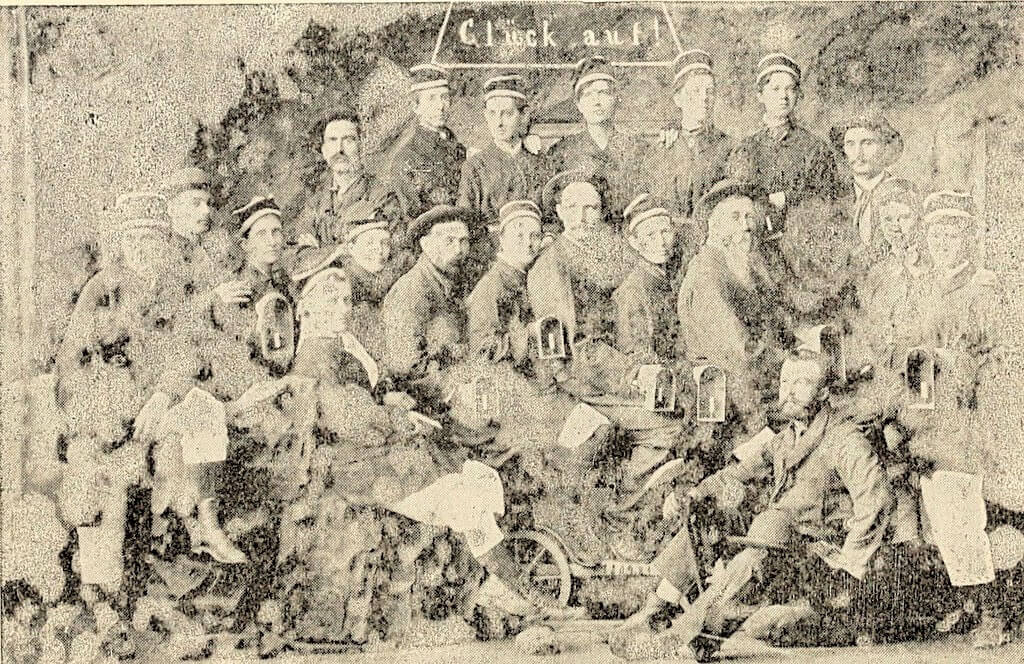
This heating process required a large continuous source of fuel and the forests surrounding Berchtesgaden were the obvious choice for the early miners. Fast growing pine was chosen as the fuel and a program of planting and harvesting put in place to fire the salt pans. This wasn’t without consequence; a net deforestation occurred and the miners’ efforts to re-plant with fast growing pine trees has resulted in monoculture forests that are devoid of their once rich mix of deciduous and evergreen trees. The main salt pan in Berchtesgaden was actually where the train station stands today, named the Frauenreuth.
3. The Augustinian Monks’ White Gold
It was salt mining that enabled the Augustinian monks who settled in Berchtesgaden to become as wealthy and powerful as they did. Always keen to further their position, the Monastery petitioned Holy Roman Emperor Frederick Barbarossa in 1156 for rights to hunt, fish, graze and produce lumber from the region. Permission was granted, but the monks, still not content and knowing that the mountains in the region were rich with salt, actually forged the Emperor’s signature to originally obtain mining rights for the area.
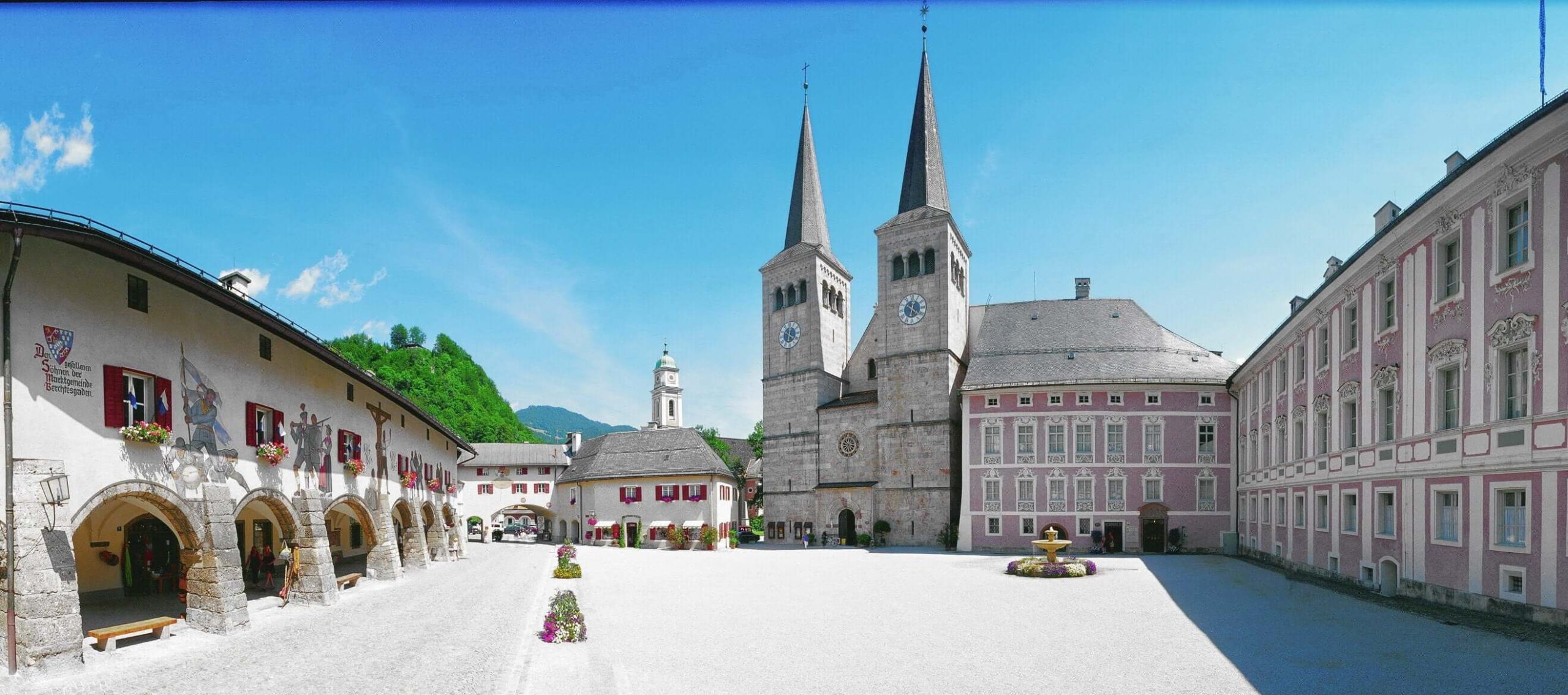
By 1190 the heads of the Berchtesgaden monastery had a well-established salt mine that could rival Salzburg as the key player in central Europe. The next major milestone for the salt mine was the creation of the Petersberg tunnel in 1517. In establishing access to so many veins of salt, truly large-scale salt mining in Berchtesgaden was born and the monastery of Berchtesgaden grew its wealth and power enormously.
4. The First Brine Pipelines
The pressure to find a suitable and continuously available source of fuel for the salt pans led to many mines similar to that in Berchtesgaden to begin experimenting with pumping their brine to areas rich in alternative fuels, such peat. As such it was in the early 17th century that some of the very first brine pipelines were conceived of, initially being nothing more than hollowed logs laid end-to-end.
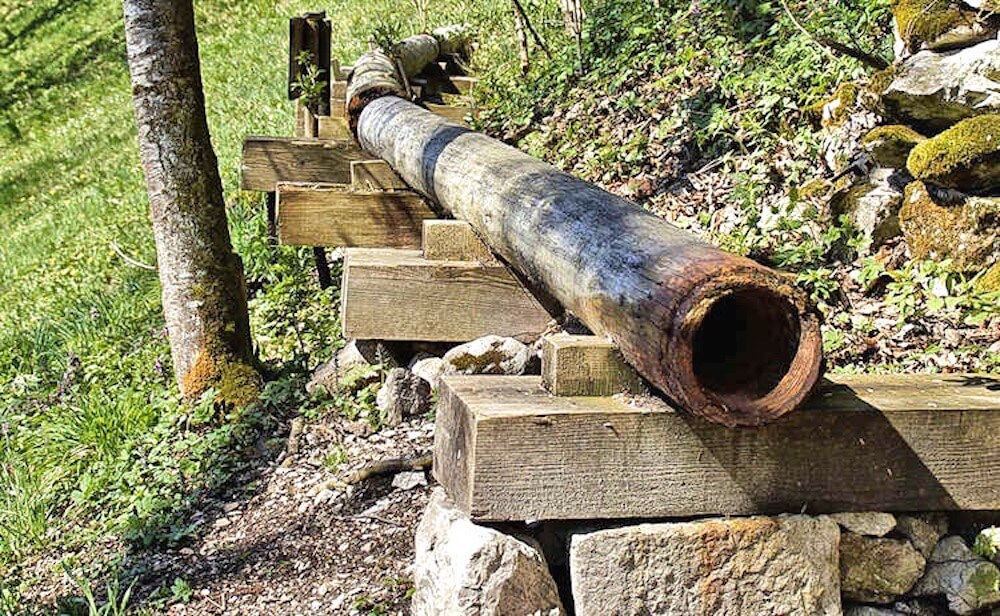
5. The Balance of Power Shifts

It was the Napoleonic war and the annexation of Berchtesgaden into Bavaria, along with the expulsion of the Provosts and adoption of their seat of power by the Bavarian Royal family in 1810, that put an end to the salt-fuelled power of the monks and ushered in an age of Berchtesgaden’s salt being pumped into Germany.
Now part of Bavaria and under German management, the logical thing to do was to hook up the mine in Berchtesgaden to nearby Bad Reichenhall, where the network of brine pipelines could be tapped into and the salt pans in Berchtesgaden mothballed.
6. Vorsprung durch Technik
Just six years after the annexation, in 1816, the Royal Bavarian Salt Refinery Councillor Georg von Reichenbach received a commission from King Maximillian and his minister to plan and build a brine pipeline from Berchtesgaden to Bad Reichenhall. The plan was to connect the mine at Berchtesgaden with the network of brine pipelines that already existed in Bavaria.

The only hitch was the large mountain range in between the two locations. The ingenious von Reichenbach conceived of a scheme that used two pumps and some 32 kilometres (20 miles) of cast-iron pipes to get the brine to Bad Reichenhall. The masterpiece of his scheme was the so-called Reichenbach Pump, a 14-tonne bronze pump that constantly forced the brine out of the mine and 356 metres uphill. Supplemented by another much smaller pump, these two pieces of solid bronze engineering – powered by water pressure alone – were a showcase of early 19th century engineering, delivering their first gallons of Brine to Bad Reichenhall on the 22 December 1817.
The opening ceremony wasn’t without event, however, as it took so long for the pipeline to fill that the huge crowds (including the king) had gone home with the opinion that the scheme had failed before the first gushes of brine emerged at Bad Reichenhall.
It was in December 1817 that the first brine from Berchtesgaden ran along the wooden pipeline to Bad Reichenhall. Von Reichenbach’s brine pipeline remained in constant operation until 19 February 1927 – 110 years of uninterrupted service.
7. The Berchtesgaden Salt Mine in 2020
Today, one of the 14-ton bronze pumps can be seen in the Salt Mine, while others are in the Old Salt Works in Bad Reichenhall and in the Deutsches Museum in Munich. The course of the brine pipeline has since been converted into a beautiful hiking path from Berchtesgaden to Ramsau, known as the Soleleitungsweg.
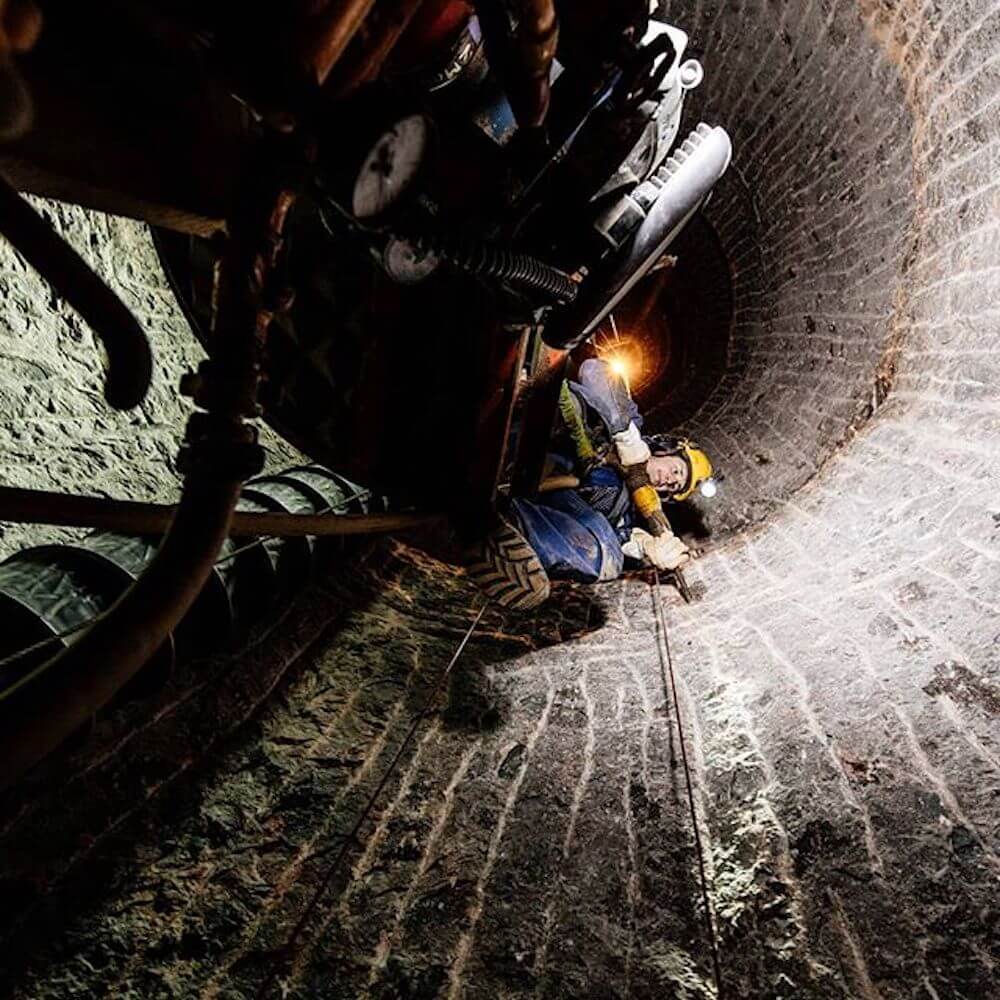
The mine in Berchtesgaden is run by the German chemical concern SKW, who still follow the principle of pumping Brine to Bad Reichenhall for processing. The modern pipeline is somewhat more sophisticated than von Reichenhall’s cast-iron pipes and follows a different route through the mountains – all powered by modern electric pumps.
SKW produces a combined total of ca. 200,000 tonnes of salt from Bad Reichenhall and Berchtesgaden annually and estimate stocks will last another 300 years at the current rate of consumption of their customers in both the chemical and grocery industries.
Their main revenue generator at the site is, however, tourist visits, with some 400,000 visiting the mine each year.
